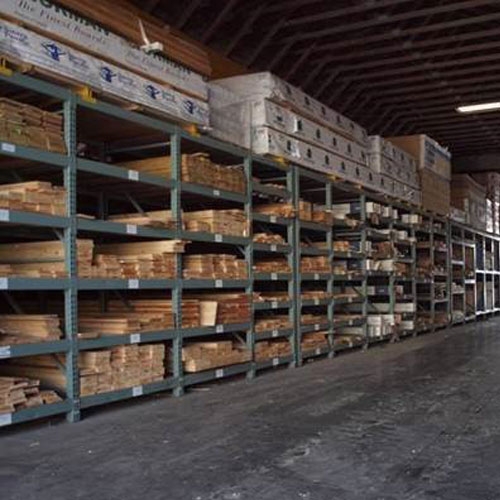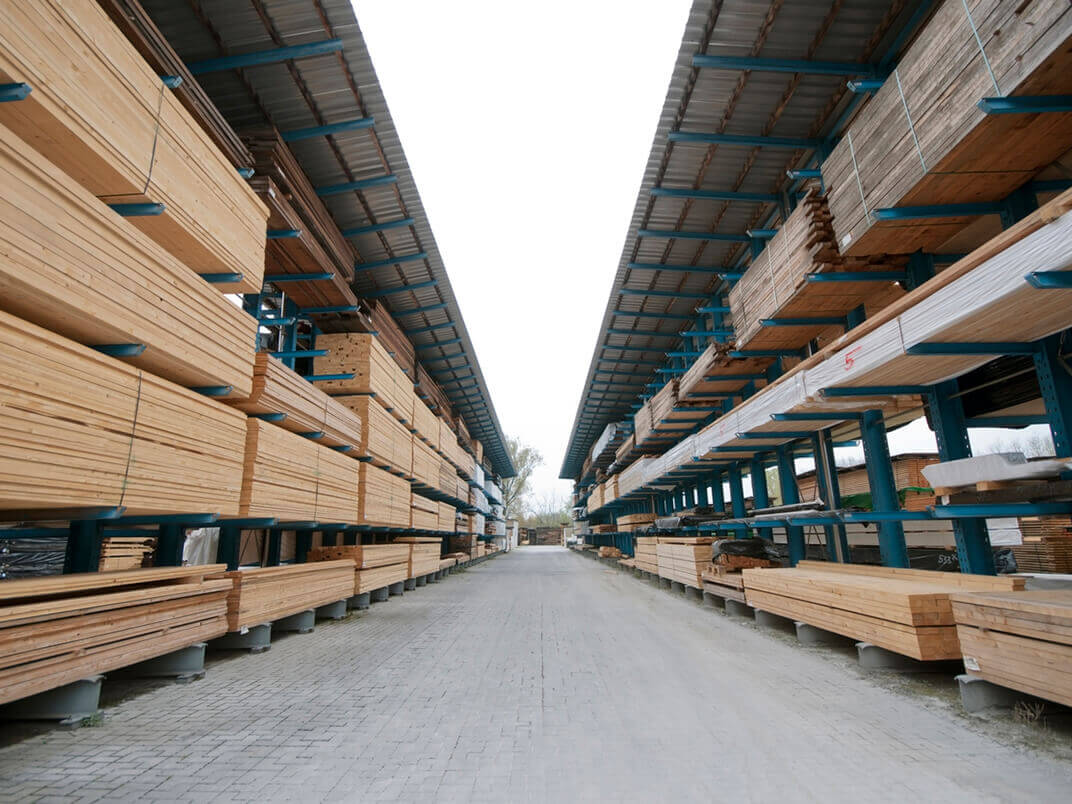Visit Our Lumber Yard for Top-Notch Timber Products and Competitive Rates
Enhance Your Landscape With Costs Lumber for Yards and Gardens
Premium lumber uses a advanced and sturdy option for boosting yards and backyards, supplying an ageless visual that blends effortlessly with nature. As we explore the advantages, types, and upkeep suggestions linked with utilizing costs lumber in landscaping, a deeper understanding of exactly how lasting techniques can balance elegance with environmental awareness arises.
Advantages of Costs Lumber for Landscaping

In addition to its resilience, costs lumber is additionally recognized for its simplicity of personalization. Whether you are developing increased beds, decks, pergolas, or fences, premium lumber can be conveniently cut and shaped to fit your certain layout needs. This adaptability enables imaginative liberty in landscape design projects, enabling you to bring your vision to life with precision and accuracy.
Additionally, premium lumber includes a touch of sophistication and refinement to any kind of outdoor area (Lumber Yard). Its abundant shade and appearance create a warm and inviting ambience, making it a popular selection for homeowners seeking to boost the aesthetic appeal of their yards and yards. On the whole, the benefits of costs lumber for landscaping are obvious, making it a top selection for critical home owners and landscape design specialists alike
Types of High-Quality Lumber for Gardens
Premium lumber's exceptional top qualities include different types of premium lumber specifically fit for yard applications, using a variety of choices to improve outside spaces. Cedar is a prominent choice for garden jobs due to its all-natural resistance to degeneration, rot, and insects, making it suitable for elevated beds, fencing, and pergolas. Redwood is an additional costs lumber recognized for its durability and charm, typically used for yard structures like arbors and trellises. Teak wood, although costlier, is very valued for its resistance to wetness, making it ideal for exterior furniture in garden setups. For an extra environment-friendly choice, take into consideration making use of reclaimed or reused lumber, adding an one-of-a-kind beauty to yard pathways, beds, or benches. Pressure-treated lumber, while affordable, must be made use of meticulously in garden projects because of the chemicals utilized in its therapy. By choosing the appropriate premium lumber for your garden, you can create a visually attractive and lasting exterior area that will withstand for many years ahead.
Layout Ideas Making Use Of Premium Lumber
Making use of top-notch lumber in garden style tasks can raise outside rooms with class and longevity. Costs lumber offers an array of design possibilities that can enhance the visual appeal and functionality of yards and backyards. One prominent layout concept is constructing increased yard beds using premium lumber such as cedar or redwood. These beds not just supply a visually pleasing means to display plants but additionally offer better water you could check here drainage and dirt top quality for healthier plant development.
One more creative style concept is to develop custom-made trellises or pergolas utilizing high-grade lumber. These structures can add building passion to the yard while additionally offering functional objectives like supporting offering or climbing plants shade. Furthermore, making use of premium lumber for building fences or privacy displays can produce a natural and polished look throughout the exterior space.
Incorporating costs lumber into exterior furnishings items, such as benches, tables, or seating areas, can also elevate the total layout aesthetic of the yard. The longevity and natural elegance of costs lumber make these items both useful and aesthetically appealing, including a touch of style to the exterior environment. By applying these layout concepts making use of costs lumber, outside spaces can be changed into welcoming and fashionable retreats.
Tips for Keeping Lumber in Yards

Applying a top quality sealer or protective finish is paramount to protect the timber from severe weather such as uv, rain, and snow rays. Reapply the sealer as needed to preserve its performance. Furthermore, keeping the lumber clean by consistently getting rid of debris, dirt, and raw material will stop staining and potential decay.
It is advisable to trim any type of plants or plant life that are available in direct contact with the lumber to stop moisture retention and prevent mold growth. Avoid positioning hefty items on the timber to avoid bending or damage. By complying with these maintenance ideas, you can guarantee that your premium lumber structures in the lawn stay durable directory and visually appealing for years ahead.
Sustainability Practices in Lumber Landscape Design
Just how can sustainable techniques be integrated into landscaping tasks that entail using lumber? Sustainability in lumber landscaping can be achieved via numerous vital methods. One vital technique is to resource lumber from properly handled woodlands licensed by organizations like the Forest Stewardship Council (FSC) or the Lasting Forestry Campaign (SFI) These certifications make sure that the wood is harvested in a socially responsible and ecologically lasting manner. Furthermore, picking long lasting lumber types that require minimal maintenance and have a lengthy life-span can help in reducing the demand for frequent replacements, thus lowering overall environmental impact. Making use of recovered or restored lumber is another sustainable alternative that advertises resource preservation and lowers waste. Carrying out correct treatment and upkeep techniques, such as using environmentally friendly finishes and sealants, can also lengthen the life of lumber in outdoor setups. By integrating these lasting methods right into lumber landscaping tasks, you can boost the beauty of your outdoor areas while decreasing the ecological footprint linked with conventional lumber usage.
Conclusion
Finally, costs lumber supplies countless benefits for landscaping, including resilience, appearances, and convenience. Numerous sorts of premium lumber can be used in yard projects to enhance the general style. By incorporating costs lumber right into landscaping, people can produce sustainable and distinct exterior rooms that need marginal upkeep. Implementing sustainable techniques when utilizing lumber in yards and yards is crucial for maintaining the atmosphere and making sure long-term practicality of the landscape.
Costs lumber's remarkable high qualities expand to numerous types of premium lumber specifically suited for garden applications, using an array of alternatives to boost outdoor spaces. Redwood is another costs lumber known for its sturdiness and charm, usually used for yard frameworks like trellises and arbors. One prominent style idea is creating elevated garden beds utilizing costs lumber such as cedar or redwood.Correct maintenance of lumber in backyards is necessary to protect the durability check it out and visual allure of premium timber structures frequently utilized in garden layout jobs. By incorporating these lasting methods right into lumber landscaping jobs, you can improve the charm of your outdoor rooms while minimizing the eco-friendly footprint associated with conventional lumber usage.